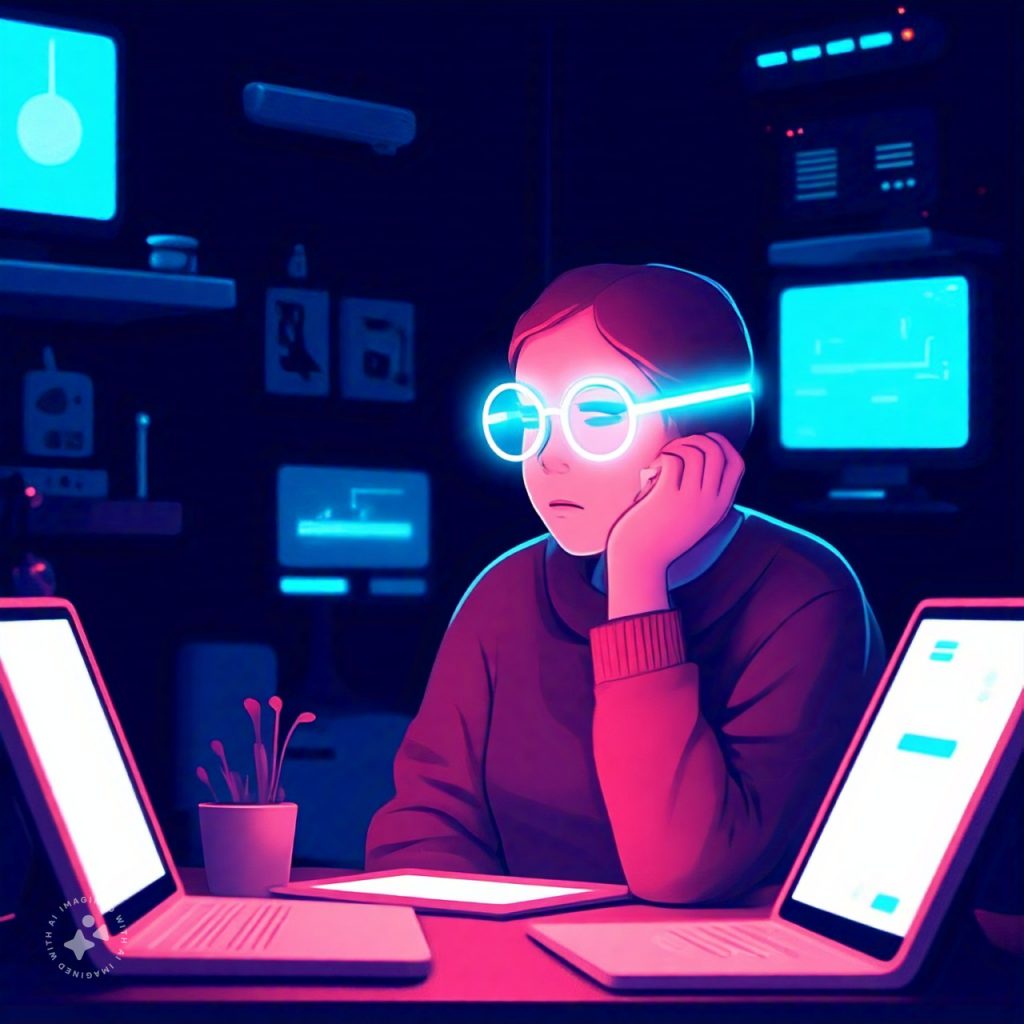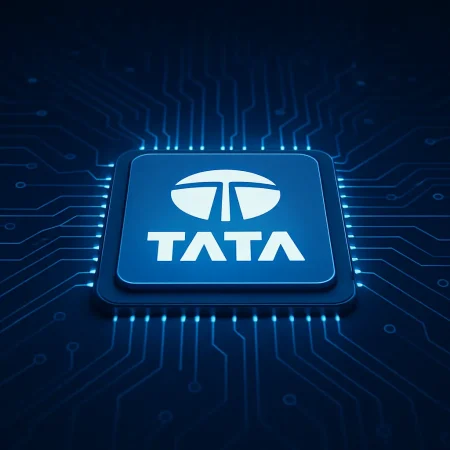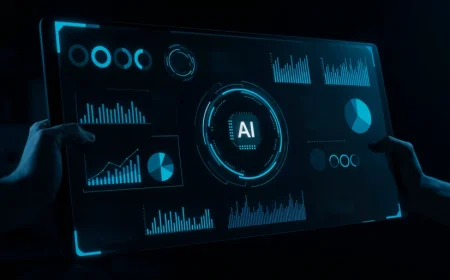Following the phenomenal progress of AI in 2024, the general public is likely to enter 2025 with a sense of yawning boredom towards AI. And that is just as it should be, thinks Satyen K. Bordoloi.
On February 15, OpenAI announced its text-to-video model, Sora, along with some impressive videos. The world was in awe of the video quality. In mid-June, Luma and Kuaishou Technology launched DreamMachine and Kling, respectively, prompting a social media frenzy as people uploaded videos created using these models. However, there was no significant buzz when Google launched Veo 2 on December 17 with mindbogglingly surreal videos.
Einstein once said, “There are only two ways to live your life. One is as though nothing is a miracle. The other is as though everything is a miracle.” If he were alive today, he might say the same about artificial intelligence: “There are two ways to look at AI: as if nothing about it is a miracle, and the other that everything is.” We began 2024 by viewing AI as a miracle but ended the year yawning at even the breathtaking developments.
Why is that the case? Has the peak of AI been reached, making us look at everything AI from now on as dull and boring? If you’ve been following AI like I have or reading my articles here, you’d know that it’s just the opposite. Or is it simply a case of AI fatigue? With AI becoming the default buzzword of 2024 due to its over-hype, over-dramatization, and overuse, have we had enough of it?
AI Fatigue: A Reality Check: It turns out that AI fatigue is not merely conceptual or anecdotal; it is backed by studies and surveys. The latest EY Pulse survey, released in early December, revealed that “Half (50%) of senior business leaders report declining company-wide enthusiasm for AI integration/adoption, while a similar level (54%) said they feel they are failing as a leader amid AI’s rapid growth.” This decline is attributed to the intense focus on AI adoption over the past year, uncertainty about its impact on employees, and its rapid implementation pace.
Consumer trust has also eroded due to the overwhelming presence of AI-generated content. According to Accenture’s Life Trends 2025 report, 59.9% of consumers now doubt the authenticity of online content, with concerns over algorithmic bias, copyright, deepfakes, and privacy rising significantly.
The Gap Between Hype and Reality: The current state of AI fatigue reflects the gap between the hype surrounding AI and the actual delivery of meaningful, transformative solutions. Early in 2024, the excitement and demos of generative AI, such as videos from OpenAI’s Sora, led to mainstream hype, which, according to the Gartner Hype Cycle, reached the “Peak of Inflated Expectations.” However, this hype has not yet translated into widespread, real-world, customer-validated solutions, resulting in AI fatigue. The general public and business leaders are growing tired of the constant barrage of AI-related news and promises.
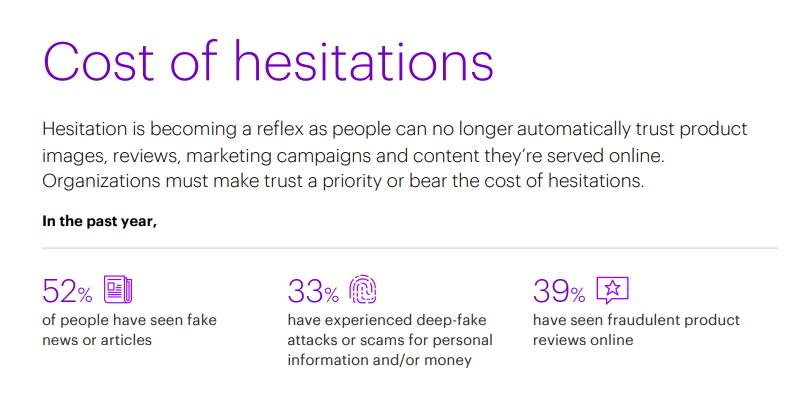
(Image Courtesy)
User Experience and Real-World Applications: Despite the hype, AI failed to find end users willing to pay for its services in 2024, even with the technical prowess of its proof-of-concepts (PoCs). The reason may be that user experience has been an afterthought for many AI projects focused on demonstrating algorithmic power. Users may reject these solutions because they do not meet their practical needs or expectations. Programs that integrate AI effectively enough for users to appreciate are few and far between.
AI’s Hyper Speed of Development: The rapid advancement of AI technology has outpaced our ability to utilise it fully. In the last half-century, technological progress has been exponential, with the number of transistors in a single mobile device exceeding the total in all digital devices made 50 years ago. However, this half-century of exponential technological progress has not been matched by its integration into our daily lives.
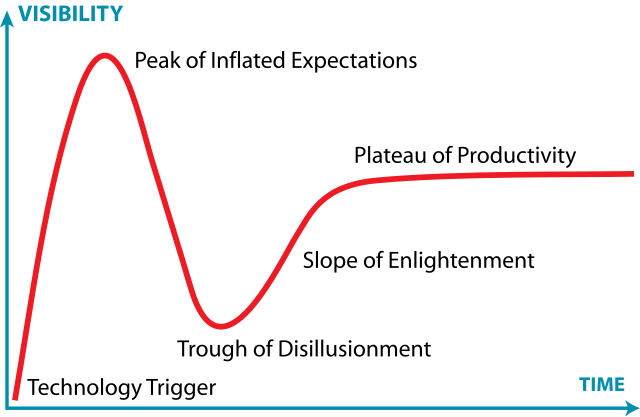
The speed of other digital technologies is challenging enough to keep up with, with AI adding another layer of complexity. Significant work has been done on AI in the last half-decade, with excellent tools emerging almost daily in the last two years. Even if one spent all their waking hours following AI developments, it would be impossible to keep up with everything. So, AI proliferation has returned to how it was in the past: through word of mouth or as default in the apps we already use. E.g. almost everyone using digital devices uses multiple AI tools daily, often without realising it, such as when using maps or browsing social media feeds.
AI has reached a point where it is no longer an aspirational chase but a part of our everyday lives. This normalisation is both a sign of progress and a reason for the current apathy towards AI.

Counterpoint: All Is As Is Meant To Be: When computers emerged in the 1970s, the hype was similar to what we see with AI today. Computers, it was claimed, would transform the world with supercomputers crunching numbers so fast that it’d solve all of the world’s problems. Today, the mobile devices we carry are more powerful than the supercomputers of the 1990s, and computers have indeed lived up to the hype, permeating every aspect of our lives. Yet, when was the last time anyone of us saw the phone for the absolutely magical technical miracle it really is?
The same is true for AI. Computers followed the Gartner Hype Cycle earlier, and now it is AI’s turn. In 2024, AI reached the “Peak of Inflated Expectations” in this cycle. The next few years will likely see the “Trough of Disillusionment” until we eventually reach the “Plateau of Productivity,” where AI will be so integrated into our lives that news about it will barely create a ripple.
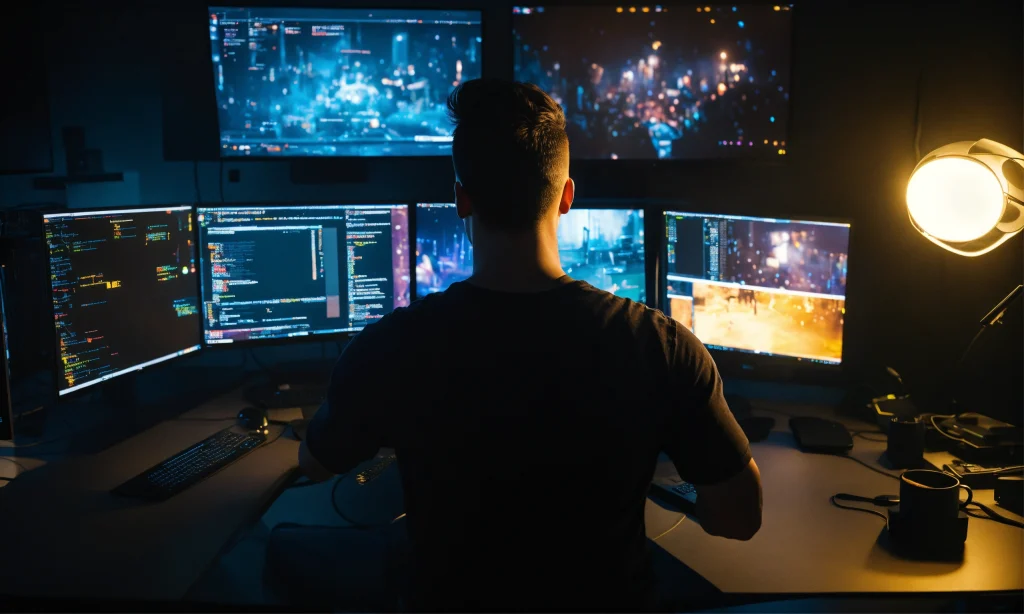
The Future – Quantum AI: 2024 also saw significant advancements in quantum computing. Before we’ve gotten fully acquainted with AI, we already have the new hype cycle of quantum computing with promises of exponential speed and capabilities beyond traditional AI and supercomputing. This was evident from the one-sided hype surrounding Google’s quantum chip, Willow, without a semblance of a reality check.
AI is not magic; it is the next evolution of computing. The next evolution of both AI and computing is quantum. What will our AI fatigue levels be when Quantum Intelligence arrives? We do not know. But I suspect it won’t matter for the march of technology will go on regardless.
In case you missed:
- Google’s Willow Quantum Chip: Separating Reality from Hype
- Microsoft’s Quantum Chip Majorana 1: Marketing Hype or Leap Forward?
- Why a Quantum Internet Test Under New York Threatens to Change the World
- A Data Centre on the Moon – From Sci-Fi to Necessity
- Kodak Moment: How Apple, Amazon, Meta, Microsoft Missed the AI Boat, Playing Catch-Up
- When Geniuses Mess Up: AI & Mistakes of Newton, Einstein, Wozniak, Hinton
- Quantum Internet Is Closer Than You Think, & It’s Using the Same Cables as Netflix
- The Great Data Famine: How AI Ate the Internet (And What’s Next)
- Google Falters Under AI Onslaught: Future of Search in Peril?
- Generative AI With Memory: Boosting Personal Assistants & Advertising



